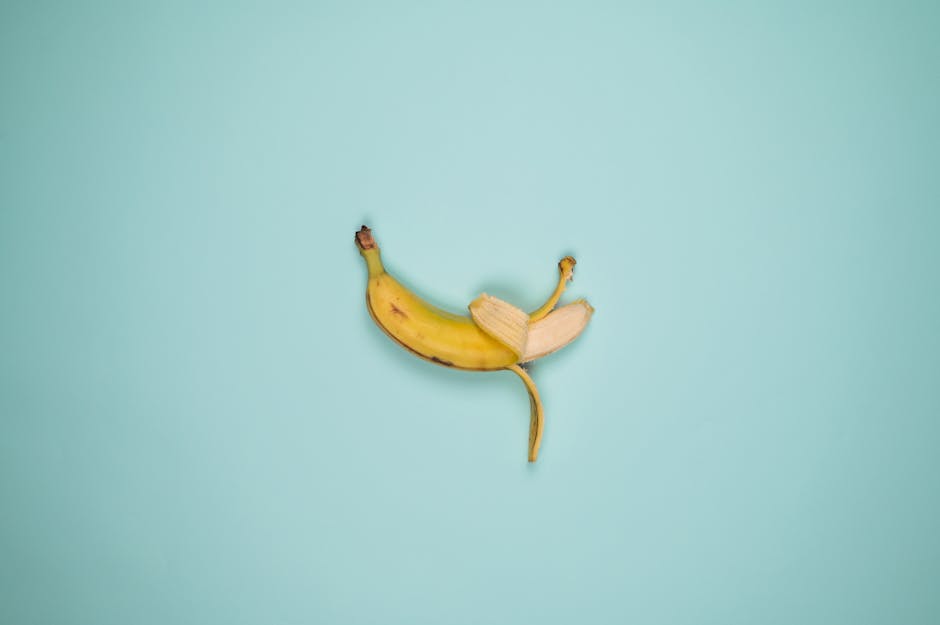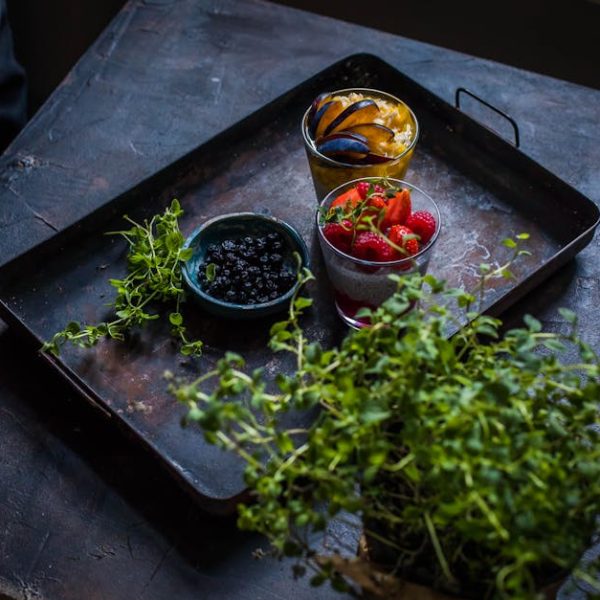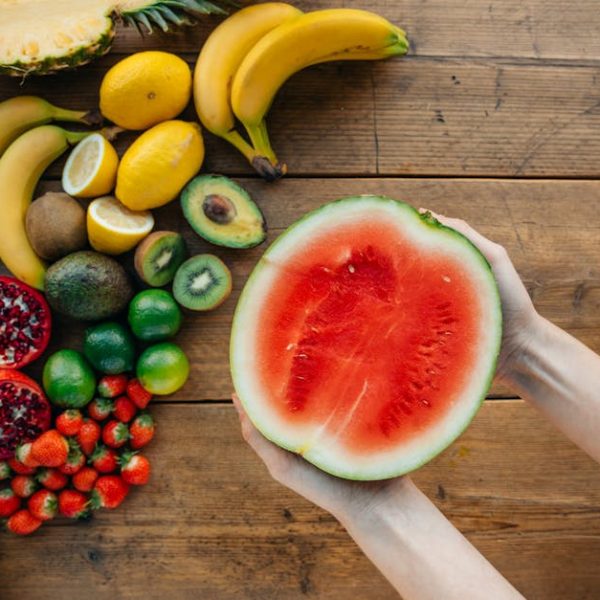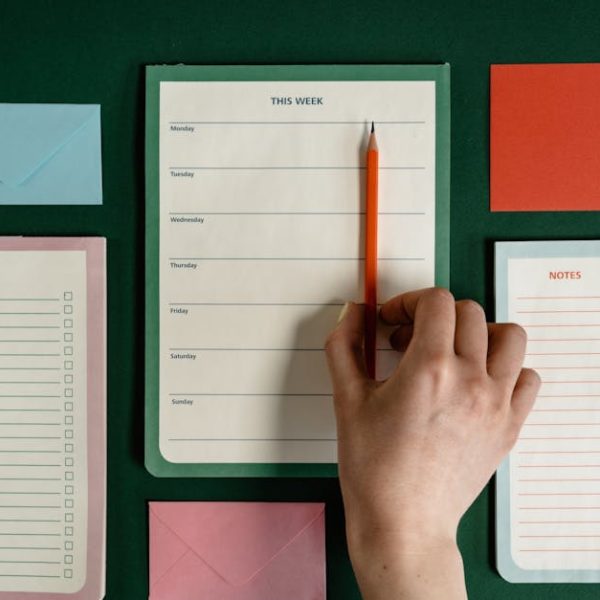You don’t have to be a top chef to effectively freeze bananas; you just need some basic kitchen tools and a little knowledge on proper banana freezing techniques. The essential tools you’ll need include a sharp knife for slicing or cubing the bananas, a cutting board, a baking sheet for pre-freezing, parchment paper to keep the bananas from sticking, and airtight freezer bags or containers for long-term storage.
Now, a key detail you’d want to note is the importance of selecting the right bananas. A ripe banana has a yellow skin with small brown spots and is just at the stage right before becoming too soft. These bananas deliver the ideal sweet, creamy texture when thawed and used in recipes. To contrast, we’ve prepared a chart examining freezing ripe and overripe bananas.
Ripe vs. Overripe Bananas: Freezing Pros, Cons, and Ideal Uses.
| Pro | Con | Best Uses | |
|---|---|---|---|
| Ripe Banana | Preserves Texture | Requires Timing | Smoothies, Baking |
| Overripe Banana | Greater Sweetness | Softer Texture | Banana Bread, Pies |
Preparation Method 1: Whole Banana Freezing
Freezing whole bananas is one of the fastest and simplest methods. Begin by peeling your ripe bananas and placing them on a baking sheet. Pre-freeze the bananas for an hour or two; this will keep them from sticking together when you transfer them to airtight freezer bags or containers. These preserved bananas maintain their freshness for up to three months when properly stored in the freezer. However, do ensure to write the freezing date on the container/ bag to keep track of their lifespan. Utilize these frozen treats for your smoothies, banana breads, and other baked delights!
Preparation Method 2: Sliced Banana Freezing
The sliced banana freezing method offers versatility for diverse recipes. Start by peeling and cutting bananas into slices with your sharp knife. Position them on a baking sheet lined with parchment paper, ensuring the slices are not touching to prevent sticking. After freezing them for 1-2 hours, transfer them to your storage containers or bags. Sliced bananas are fantastic for frozen baby food, topping your cereals or oatmeal, and creating scrumptious banana pies.
Should you choose the method of slices or whole fruit? Let’s compare:
| Advantage | Disadvantage | |
|---|---|---|
| Whole Banana | Convenience / No Mess | Takes up more freezer space |
| Sliced Banana | Versatility / Easy for recipes | Requires Pre-Freezing |
Preparation Method 3: Mashed Banana Freezing
For those who are passionate about baking and cooking, or for preparing baby food, freezing mashed bananas could be a handy technique. To do this, peel and mash your bananas, then measure how many cups you have. Pre-measured quantities will save you time when using them for recipes. After you’ve measured them out, store the mashed bananas in a suitable airtight container or bag and place them in the freezer.
Here’s a useful tip: most banana bread or muffin recipes call for 1 cup of mashed banana, which is usually equivalent to 2 medium-sized bananas. Also, it’s worth remembering, mashed bananas work amazingly well for quick breads, muffins, pancakes and even baby food!
Preparation Method 4: Banana Puree Freezing
Lastly, for more liquid-based recipes, you might want to consider freezing bananas as a banana puree. This process involves peeling bananas and blending or processing them into a smooth texture. Pour your banana puree into silicone ice cube trays or freezer-safe containers and transfer them into the freezer. By using ice cube trays, you can portion control the banana puree, which is great for smoothies or healthy ice cream recipes!
It’s advisable to defrost these banana cubes before using them for best texture and flavor. To defrost, either use a microwave or let them sit at room temperature until they’re soft enough.
Here’s another comparison chart to determine whether to freeze your bananas as purees or in other forms:
| Advantage | Disadvantage | |
|---|---|---|
| Banana Puree | Flexible use/ Easy portion control | Needs defrosting |
| Mashed/Sliced/Whole | Good for baking/audio food | Lack of portion control |
With these four methods of banana freezing at your disposal, you’re now ready to preserve your ripe bananas! Regardless of the preservation method, the most important thing is that none of those delicious bananas will go to waste and you’ll have a quick add-in for your future recipes. Happy freezing!
Key Takeaway:
- The skills and equipment required for effective banana freezing are quite basic – a sharp knife, cutting board, baking sheet, parchment paper, and an airtight freezer bag or containers.
- The ripeness of bananas significantly affects their texture and flavor after freezing, with ripe bananas providing a sweet, creamy texture when thawed.
- Freezing methods for bananas include whole banana freezing, sliced banana freezing, mashed banana freezing, and banana puree freezing. Each method has distinct pros and cons, and are suited for different recipe needs.
Preserving bananas is an easy and practical way to avoid food waste and have a ready supply for various recipes. Whether you freeze them whole, sliced, mashed, or pureed depends on your specific needs and preferences. With these insights, you’re fully equipped to make the most out of your fresh bananas.
FAQs
Q: Can I freeze bananas with the peel on?
A: Yes, but it might be more difficult to remove the peel once it’s frozen. It’s generally recommended to peel the bananas before freezing them.
Q: How do I prevent my frozen bananas from turning brown?
A: Ensuring that your bananas are properly stored in an airtight container or bag can help maintain their color. However, a slight browning over time is normal and doesn’t affect the taste or nutritional value.
Q: How long can bananas stay in the freezer?
A: Properly stored, frozen bananas can maintain high quality for up to three months.
Q: Do I need to defrost frozen bananas before using them in recipes?
A: It depends on the recipe. For smoothies or ice cream, you can use them directly from the freezer. For baking, it’s best to let them thaw at room temperature.
Q: Can I refreeze bananas that have been thawed?
A: It’s generally recommended not to refreeze thawed bananas due to changes in texture and potential bacteria growth. It’s best to only thaw what you will use.
Enjoy the convenience of frozen bananas and try new delicious recipes. Remember to share this post if you found it helpful and don’t hesitate to explore more posts on our website!






